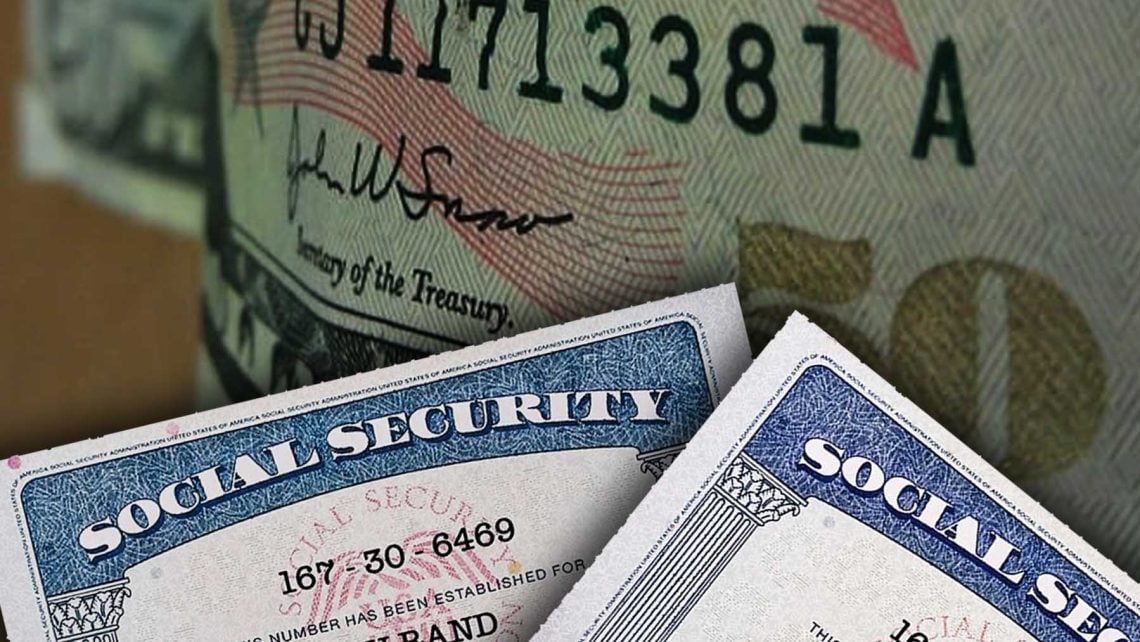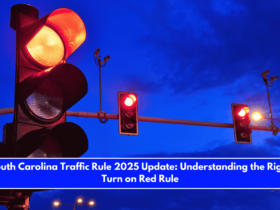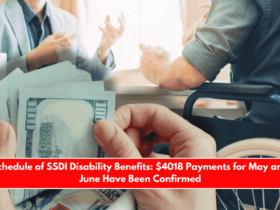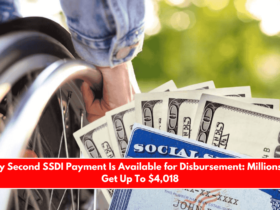Millions of Americans, including retirees and people receiving Supplemental Security Income (SSI), rely on monthly payments from the Social Security Administration (SSA). These benefits help cover daily living costs, and most recipients look forward to them arriving on time.
For May 2025, the SSA has shared the full payment schedule. Knowing when your money is coming and what to do if there’s a delay can help avoid confusion or worry. Here’s a complete guide for this month’s Social Security payments.
When Will May 2025 Social Security Payments Arrive?
Social Security payments are sent on different dates depending on the type of benefit and the recipient’s situation. Payments are spread throughout the month and sometimes even include early deposits for the following month.
Key Payment Dates for May 2025
May 1 (Thursday):
SSI recipients who only receive SSI (and not Social Security retirement) were paid on this day.
May 2 (Friday):
This date was for people who started receiving Social Security before May 1997, and for those who receive both Social Security and SSI. It also applies to people who live abroad and still receive Social Security benefits.
May 14 (Wednesday):
Payment for people whose birthdays fall between the 1st and 10th of the month.
May 21 (Wednesday):
Payment for those born between the 11th and 20th.
May 28 (Wednesday):
Those born between the 21st and 31st will receive their monthly payment on this day.
May 30 (Friday):
Early SSI payments for June will be sent on this day because June 1 falls on a weekend.
How Much Do You Receive from Social Security?
Social Security payments vary depending on several factors, such as your retirement age, how many years you worked, and how much you earned during those years.
Average monthly benefit in 2025:
- Individual retirees: $1,976
- Married couples (both receiving SSA): $3,089
- Maximum monthly payment (if retiring at 70): $5,108
To receive the maximum payment, you must have earned the highest taxable income for at least 35 years and delay retirement until age 70.

SSI Payment Amounts
SSI (Supplemental Security Income) is different from Social Security retirement. It is given to low-income individuals who are elderly or have disabilities.
Federal SSI maximum payments:
- Individuals: $967
- Couples (applying together): $1,450
These amounts can be reduced based on other income or support. Some states like California and New York offer extra money on top of the federal amount.
Unlike SSA benefits, the cost-of-living adjustment (COLA) is calculated differently for SSI but is still applied annually.
What If You Receive Both SSI and SSA?
Some people receive both SSI and Social Security retirement benefits. In this case, payments are scheduled carefully to avoid confusion:
- SSA benefits: Sent on May 3
- SSI benefits: Sent separately, usually May 1
This separation ensures that people get their full benefits without delays or overlap.
What to Do If Your Social Security Payment Is Late
If your Social Security or SSI payment hasn’t arrived, don’t panic. The SSA recommends the following steps:
Step 1: Wait at least three full business days after your scheduled payment date. Delays may happen due to weekends, holidays, or slow bank processing.
Step 2: Check your bank account or Direct Express card. Sometimes the deposit is sent, but your bank may take extra time to show the money.
Step 3: Review your personal details. Make sure your address, bank account number, marital status, and other details with the SSA are accurate.
Step 4: If the payment still hasn’t arrived after three business days, call the Social Security Administration at 1-800-772-1213. For TTY users, the number is 1-800-325-0778. Have your Social Security number and details about your payment ready when you call.











Leave a Reply